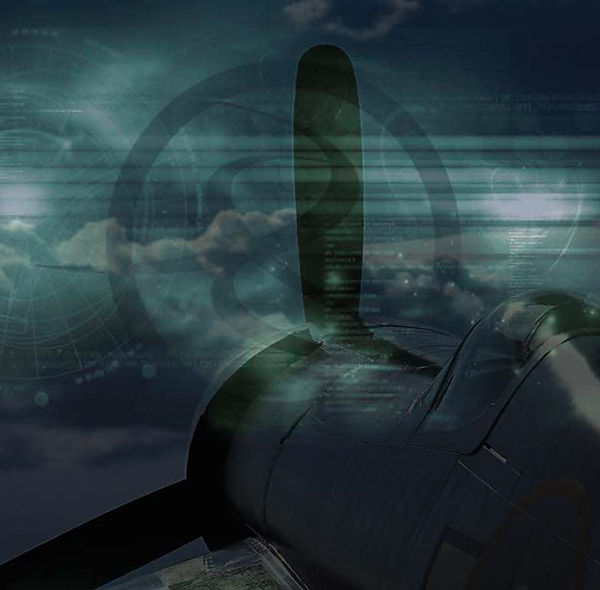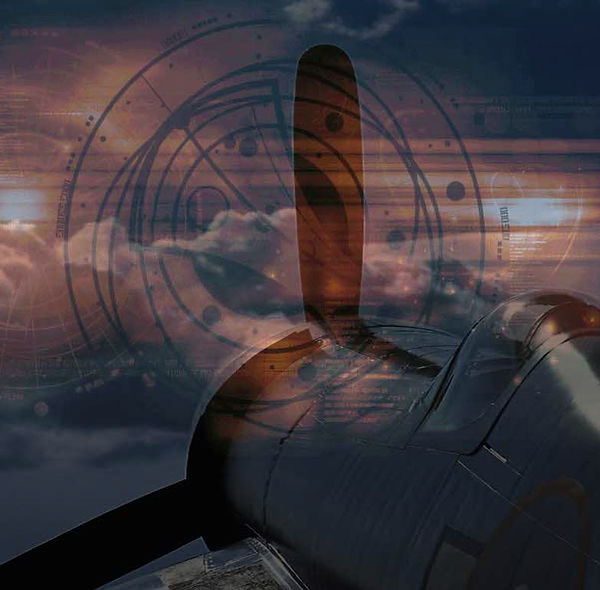
Hold your pointer on a tab in the menu on top of the page to view and handle the sub menus.



F4U-4P Corsair (*)
The F4U-4P was a photo reconnaissance aircraft which retained all of the M3 20mm cannons for defensive purposes, allowing to participate in strikes prior to conducting their photo runs for battle damage assessments.
In fact one in every 20 F4U-4 built was a F4U-4P variant.
2 planes with BuNo 97507 and BuNo 97527 were converted from standard F4U-4s.
The Fairchild K-17,K-18, F-56 and the K-21 and finally the Kodak K-24 could be installed in the rear fusilage.
During the Second World War, the F24 was manufactured by Vinten. A modified but compatible version with lower weight was designed and manufactured by Eastman Kodak as the K-24, for use by US forces and so integrated in the F4U-4P Corsair.
The Fairchild K-17 was a Reconnaissance and Mapping Camera with between-the-lens shutter camera for vertical and oblique aerial photos, using 9 1/2" wide roll film for 9" x 9" images, with exchangeable cones with Bausch and Lomb Metrogon lens of 6", 12" and 24" focal length, 6-inch / f6.3, 12-inch / f5, 24-inch / f6.
The Fairchild K-18 aerial camera was a medium to high altitude reconnaissance and photogrammetric survey/mapping camera with a between the lens shutter for 9 1/2" wide roll film for 9" x 18" negatives. The camera was comprised of a single unit housing and a 24-inch / f6 focal length. Two types of film magazines could be fitted, the A-7 magazine with 45 exposures or the A-8 magazine with 245 exposures.
The K-17 and K-18 was designed for vertical shots, but was also capable of taking low altitude oblique shots. This aerial camera had both manual and automatic control settings.
The Fairchild F-56, a reconnaissance camera, primarily operated by the US Navy, fitted with a range of lens cone options , 5.25-inch / f6.3, 8.25-inch / f4, 20-inch / f5, 40-inch / f8.
The camer was integrated in the plane, positioned in back of the cockpit on a pivot point, a camera control panel was placed on the starboard console of the cockpit.
The pilot took photographs from three positions within the plane.
One vertical camera window was located at the bottom, one oblique camera window on the starboard site and finally one port oblique camera window.
11 F4U-Ps were build.
The Fairchild Aerial Camera Corporation, founded in 1920 by the inventor and entrepreneur Sherman Mills Fairchild (April 7, 1896 - March 28, 1971) was the manufacturer of a range of aerial cameras.
Sherman M. Fairchild was born in Oneonta, New York, in April 1896 as the only child of congressman and a founder of International Business Machines (IBM), George W Fairchild. Sherman attended college at Harvard, the University of Arizona, and Columbia, studying engineering and aerial. In 1917 Fairchild was rejected from the US military because of poor health. Determined to help with the war effort, he and his father went to Washington to see if his experience with cameras might be helpful. At the time, the aerial cameras available to the US Army produced poor quality images because the camera's slow shutter speed could not keep up with the motion created by the airplane. Fairchild developed a camera with an between-the-lens shutter which produced much clearer images. Even though the Army did not accept his camera until World War I had ended, it acquired two units for training. Fairchild started the Fairchild Aerial Camera Corporation in February 1920 as a vehicle to build and distribute his aerial cameras. Soon after the US Army placed orders for the and made the Fairchild the standard military camera.
(*) : Index - References - Notes - Citations

The Fairchild K-18 aerial camera




